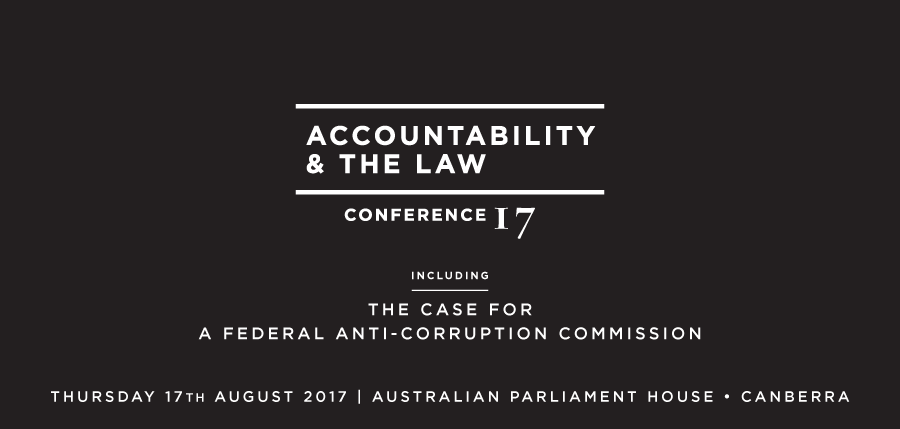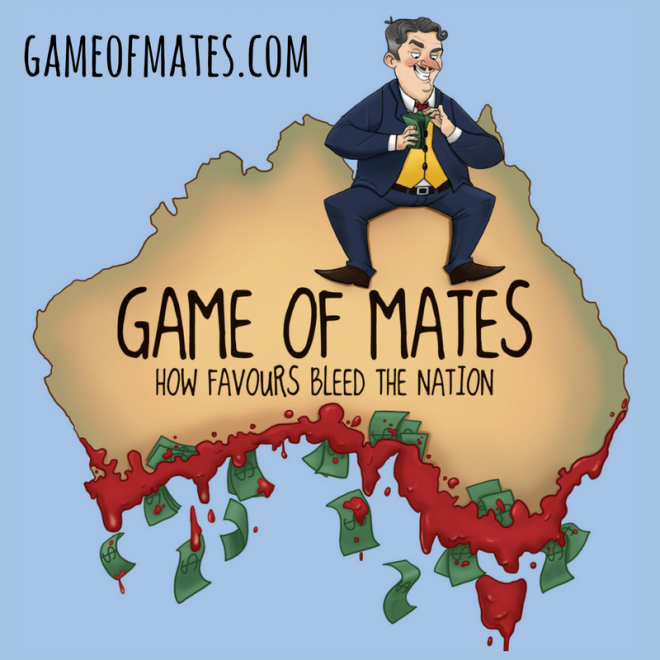- Variation - A process that varies inheritable traits at any reproducible unit (organism, tribe/colony, cell).
- Selection - A process whereby the environmental conditions determine the reproductive success of a reproducible unit.
- The result is a process of adaptation.
- A firm (or any organisation) can be considered a reproducible unit.
- The market and society as the environment which determines success and reproduction
- Relative success matters for reproduction (firm growth and continued existence) rather than an absolute success.
- Success depends on the local environment at each point time - there is no timeless correct way to do things, and there are environmental niches (sometimes temporary).
- The success of markets in delivering efficient output is, therefore, the result of within-firm cooperation, and between-firm competition.
- Without market level selection pressure, firms can become internally competitive, losing efficiency.
The core approach
Imagine that within a firm every interaction amongst employees can be either cooperative, which results in improved production efficiency, or competitive, which helps one of the individual employees (conditional on the other being cooperative), but reduces the overall efficiency of the firm.
It might be as simple as employees wasting resources blaming others for failures rather than working together to get an efficient outcome, or it could be as competitive and nasty as sabotaging the work of others in the firm to make yourself look good, which might be good for the individual, but bad for the company.
Perhaps the example of Amazon can help get your mind around this idea:
At Amazon, workers are encouraged to tear apart one another’s ideas in meetings, toil long and late (emails arrive past midnight, followed by text messages asking why they were not answered), and held to standards that the company boasts are “unreasonably high.”The table below shows the stylised conflict between individual choices to cooperation or compete within a firm. For two people (A and B) who randomly meet within a firm, they can both cooperate and earn an individual payoff of 10 each (top left cell with A, B individual payoffs listed), giving the firm an overall payoff of 20. Or, one person can ‘defect’ while the other cooperates, giving that person a payoff of 15, but only a payoff of 0 for the cooperator, and an overall firm payoff of 15, which is lower than if people were cooperating. And the bottom right cell shows the payoffs if both people are competitive (the defect from cooperation), giving each a lower payoff of 5, and the firm a payoff of 10 (the sum of both people’s payoff).
The internal phone directory instructs colleagues on how to send secret feedback to one another’s bosses. Employees say it is frequently used to sabotage others. (Source)
Clearly, the best thing within a firm is for all interactions to be cooperative to get the highest total firm payoff, but there remains an incentive for each individual within the firm to occasionally defect and get a higher personal payoff.

Now, let’s think about market competition operating at a firm level. With more competition, would we expect the evolution of market to result in the success of more competitive individuals?
The diagram below shows a serious of three selection stages over rows from time one to time three. Each small table is an environmental or market niche, and each colour represents a single firm. So in the top row there are four firms (blue, green, yellow and orange).
Each small table shows in column N the number of cooperators or defectors within the firm. So in the top row blue table, there are 20 cooperators and no defectors in the firm. The next column, P, shows the average payoff to each person from random interactions amongst other firm staff. In the top row of the blue table the average personal payoff is 10 because all 20 staff are cooperators and every interaction with another cooperator in the firm gives a payoff of 10. The total firm (or group) payoff is in column G and is 200 in this instance (20 people getting a payoff of 10 each).
The next firm in the top row in green has within it 15 cooperating staff, and 5 defectors. The average personal payoff for the cooperators in that firm is 7.5 because they have a 1 in 4 chance of dealing with a defector, and a 3 in 4 chance of dealing with another cooperator. The defectors have a higher personal payoff of 12.5 for the same reason.
Moving across the top row, the yellow firm has 10 cooperators and 10 defectors. This firm is a nasty place to be, and half the time the firm is busy with staff blaming each other and not producing efficiently. The payoff (or total efficiency) for the firm is much lower, at a total of 150.
The last orange firm is mostly defectors, perhaps an extreme version of our Amazon example. The total payoff for this firm is just 125.
Outside these tables on the right side is a column N, which is the sum total of the number of people who are cooperators or defectors in each time period. In time one there are 50 cooperators amongst the firms (20 in blue, 15 in green, 10 in yellow, and 5 in orange), and 30 defectors.
Moving from time one to time two, or going down a row, is a selection stage in the competitive evolutionary game of market competition amongst firms. That is, only the most efficient firms survive, and the least efficient die off from lack of customers from their poor value products made inefficiently. In fact, in this example, the most efficient firm expands to take up the market niche left by the firm that dies off.
So when we move to the second row in time two, the least efficient orange firm has died off, and the most efficient blue firm has expanded to satisfy that market niche.
But notice this. When we add up the total cooperators and defectors working in all the firms in the market at time two, there are now 65 cooperators (15 extra), and 15 defectors (15 less), compared to time one. That is, competition at the firm level has led to the selection of the most internally cooperate firms to survive, not the most internally competitive. Going down one more row shows the new relatively least efficient yellow firm also dies off. Thus, what works at one point in time does not work at all points in time, and success in this game is only relative to others in the market environment.
The economic lesson from this simple example is that competition is good when it provides a selection mechanism that favours cooperative and efficient groups (or firms) that enable total production to expand. Variations that improve efficiency and cooperation within firms will, over time, be selected for by consumer choices in the market.
Within-firm competition with external costs
Let us now think about larger firms that have multiple departments making multiple products with a variety of different customers. We can also think of large bureaucracies in general, including government departments. Perhaps the above example has led you to think that competition within company departments might be a good way to select for the best ones. Unfortunately, this approach has a huge incentive problem, as the relative success of one department might be due to passing off costs to, or sabotaging, another. Thus, within-firm competition that results in an evolutionary selection process is very risky, and it is well known that 'silos' in firms can results in conflict between what is best for each silo, and what is best for the firm.
Unfortunately on most occasions, silos encourage behaviours that are beneficial to the occupants of the silo, but are often not in the best interest of the overall business or its customers. It also plays into the hands of corporate politics, since silos help to keep things private. And we all know that in office politics information is power. A recent survey from the American Management Association showed that 83% of executives said that silos existed in their companies and that 97% think they have a negative effect. (Source)I capture the idea of sabotage, or passing on external costs to other departments, in the table below. Here the company has two departments (each small table), and within each department there is a choice to cooperate on either project A, which provides that department with a payoff of 20, or project B, which provides a payoff to that department of 10. However, project A comes with an external cost to the other department of 15.
For each department it is better to cooperate on A, giving them 20 each, but also inflicting an external cost of 15 each. The overall company payoff is just 10 in this situation. However, if the departments each cooperate internally on B, the overall firm payoff is double, at 20, as there are no other externalised costs.
Thus, for large organisations, the emergence of silos that are blind to the situation of other parts of the company may end up with a choice of projects and investments that are not overall optimal and efficient. Companies that find ways to ensure they maintain this inter-departmental efficiency as they grow are those that the market will select for.
Notice that this problem is a much more serious one in governments where there is no government-level selection pressure. At best there is an occasional change of government in a democracy, but rarely does this provide strong incentives to change operational processes all that much.
Indeed, the incentive to sabotage other groups and inflict costs on them also arise with market competition in general, and as such, provides a strong basis for competition laws and intervention where negative externalities from the activities of certain firms exist.
Muir’s chickens
The lesson here about market competition acting as a selection mechanism to favour firms that have high within-group cooperation is radically displayed in the experiments of William Muir, who bred chickens and either selected for a) the most productive individual egg-laying chicken, or b) the most productive cage of egg-laying chickens (in each cage were 9 chickens).
The results drive home the message of group selection is a process that increases the number of cooperators and total efficiency.
The first method favored the nastiest hens who achieved their productivity by suppressing the productivity of other hens. After six generations, Muir had produced a nation of psychopaths, who plucked and murdered each other in their incessant attacks. No wonder egg productivity plummeted!Egg production by the cooperative cages increase 160% over just a few generations. More detail here.
In the second approach, he selected the most productive groups and because they were already a group that worked well together, they included peaceful and cooperative hens. (Source)




















